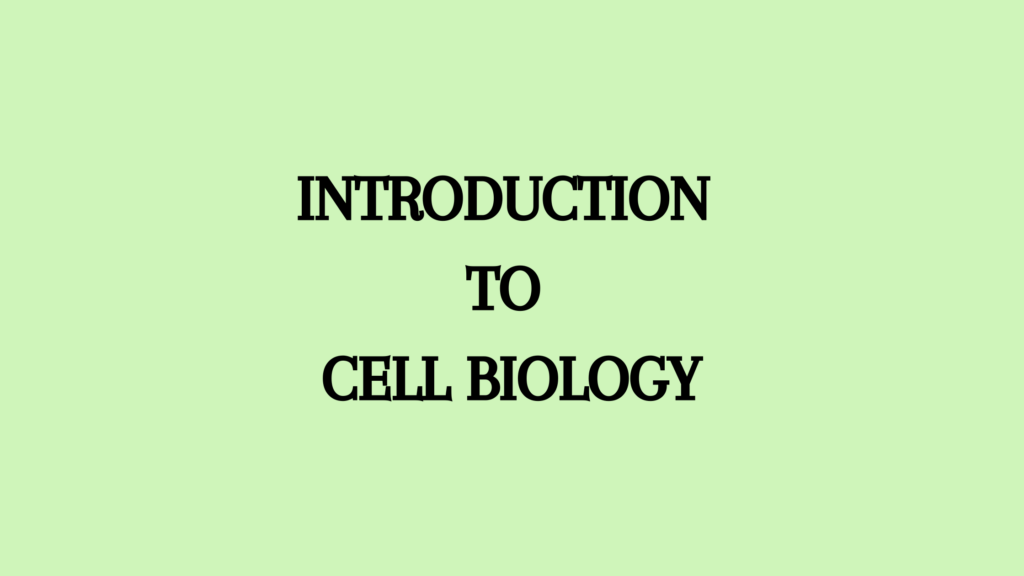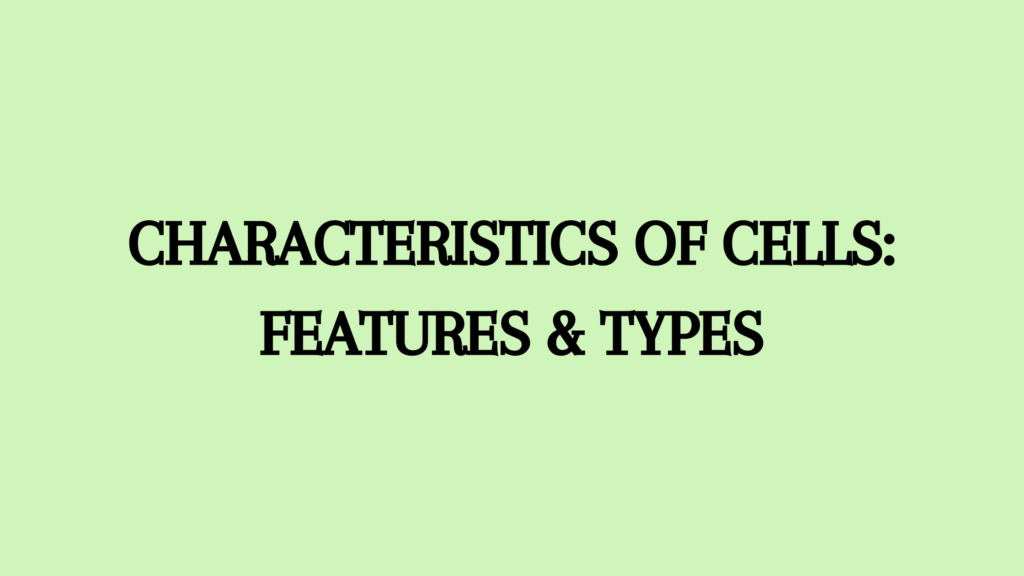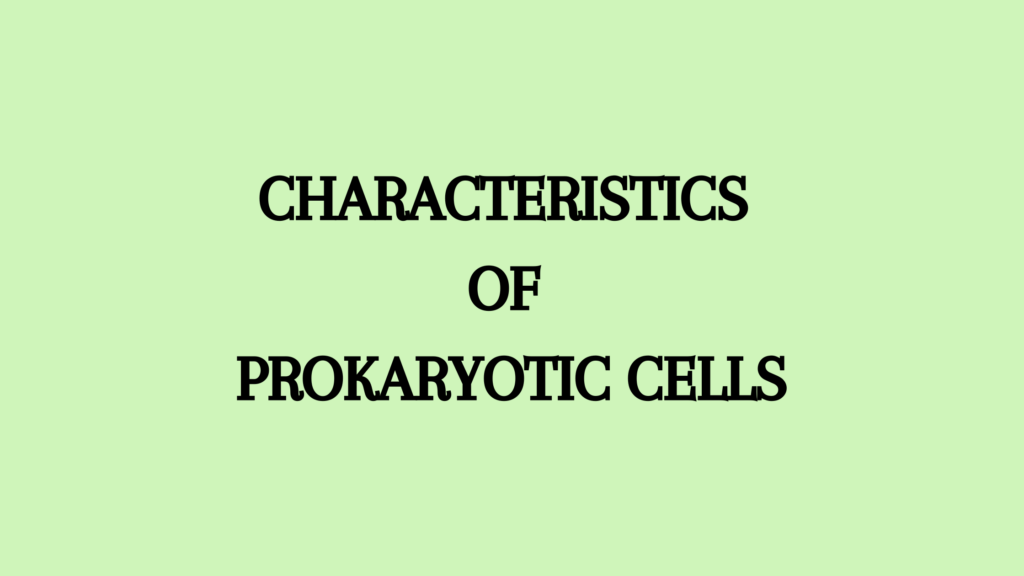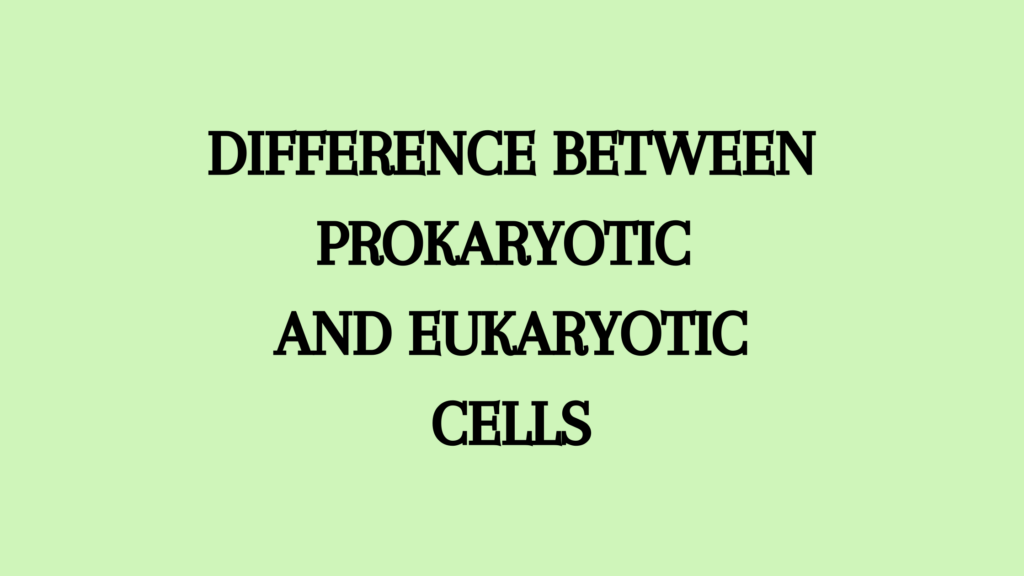Explain the various functions of cell organelles
Cells, the smallest units of life that function as the building blocks of our bodies, are a closed system. It can self-replicate and the various organelles inside the eukaryotic cell help with this replication process. In addition to replication, cell organelles have other functions as well. Here are the various functions of cell organelles of eukaryotic cells.
| No. | Cell Organelle | Function |
| 1. | Plasma Membrane | It is a differentially permeable membrane through which extracellular substances may be selectively sampled and cell products may be liberated. |
| 2. | Cell Wall | It forms a thick cellulose wall around the plasma membrane giving strength and rigidity to the cell. |
| 3. | Cytoplasm | It contains machinery for carrying out the instructions that are sent from the nucleus. |
| 4. | Hyaloplasm/Matrix | They transport water, ions,s and small molecules of various substances from the structural unit of centrioles, basal granules, cilia, flagella, and mitotic spindle. It also plays an active role in the cyclosis of cytoplasm and the movement of chromosomes during divisions. |
| 5. | Microtubules | They contain enzymes for hydrogen peroxide metabolism, purine metabolism, gluconeogenesis, and photorespiration. |
| 6. | Microfilaments | They maintain the structure of the cell and form contractile components of muscle cells. |
| 7. | Centrioles | They form the spindle and have a significant role in the movement of chromosomes during cell division. |
| 8. | Basal Granules | They originate from the cilia and flagella and have their importance in ciliary or flagellar movements. |
| 9. | Endoplasmic Reticulum. | It provides a greatly expanded surface for biochemical reactions which normally occur at or across the membrane surfaces and provides skeletal support to the colloidal complex of hyaloplasm. It also has a business transporting extracellular and intercellular chemical molecules. |
| 10. | Ribosomes | These are the sites of protein synthesis. |
| 11. | Golgi Complex | It stores the synthetic proteins and enzymes of cells and forms secretory vesicles and lysosomes. |
| 12. | Lysosomes | It contains intracellular digestive enzymes which aid in the disposal of bacteria and other foreign bodies. |
| 13. | Peroxisomes | They store excess water, waste products, soluble pigments, etc. |
| 14. | Spherosomes | They store fats. |
| 15. | Vacuoles | They store excess water, waste products, soluble pigments etc. |
| 16. | Mitochondria | They are the site of energy production via Krebs’ cycle, where the electron transport chain occurs, and the site for beta-oxidation of fatty acids. |
| 17. | Plastids | They are the structures for the storage of starch pigments and other cellular products. Photosynthesis occurs in chloroplast. |
| 18. | Nucleus | It regulates the growth and reproduction of the cell. |
| 19 | Nuclear Membrane | It is continuous with the endoplasmic reticulum and selectively connects nuclear and cytoplasmic materials. |
| 20. | Nucleoplasm | It contains materials for building DNA and messenger molecules ( RNAs – rRNA, mRNA, tRNA ) which act as an intermediate between the nucleus and cytoplasm. |
| 21. | Chromosomes | They are the bearers of hereditary instructions and regulations of cellular processes. |
| 22. | Nucleolus | It disappears during cellular replication and synthesis of ribosomes and proteins for the formation of ribosomes. |




